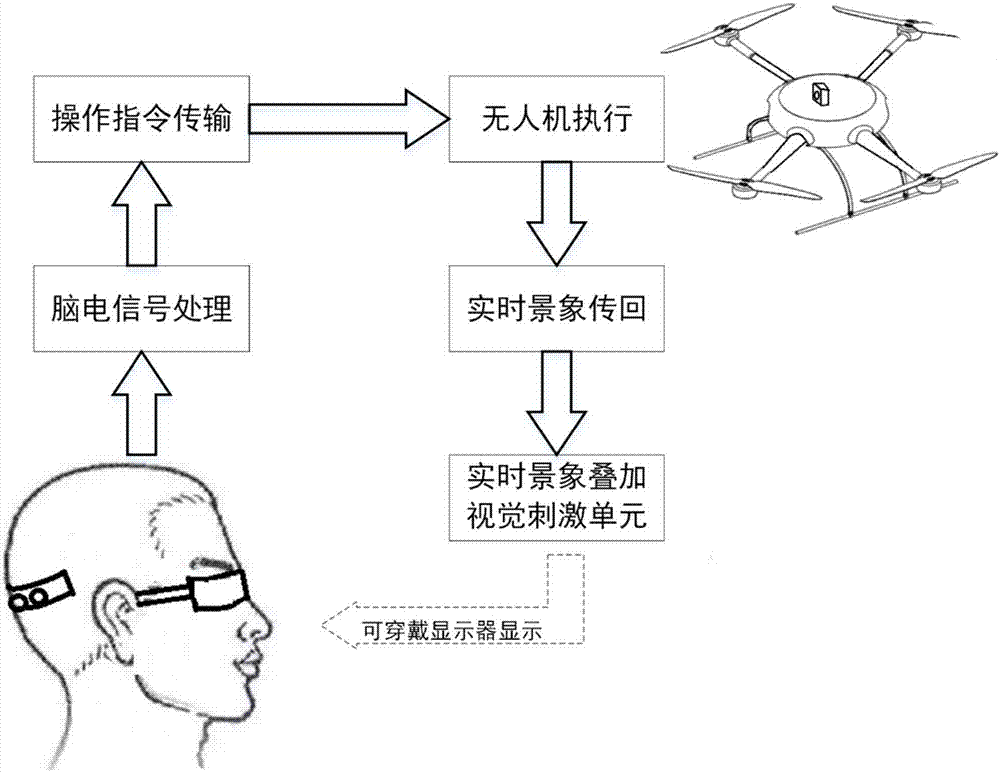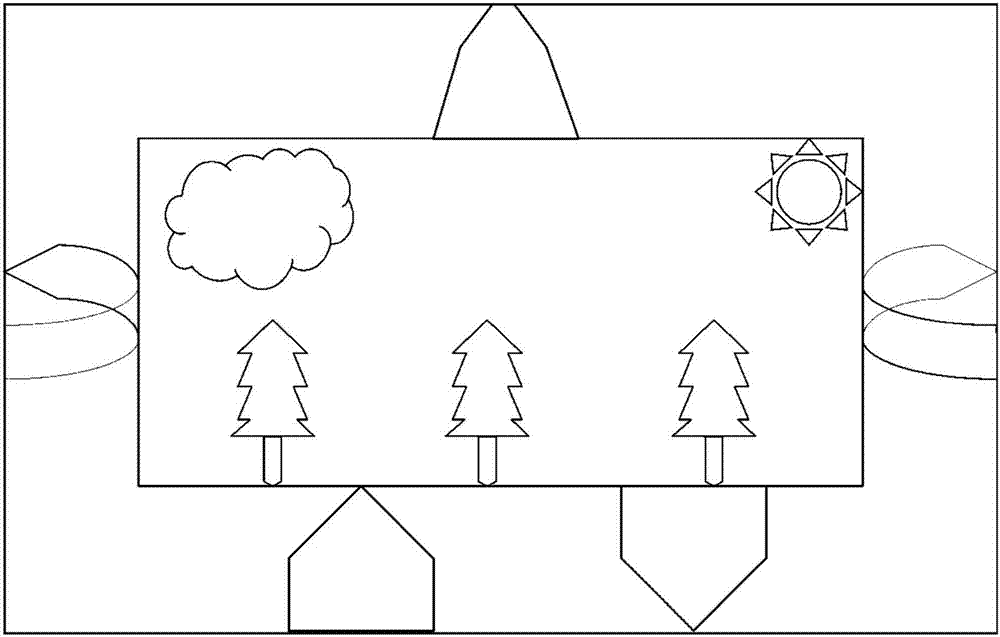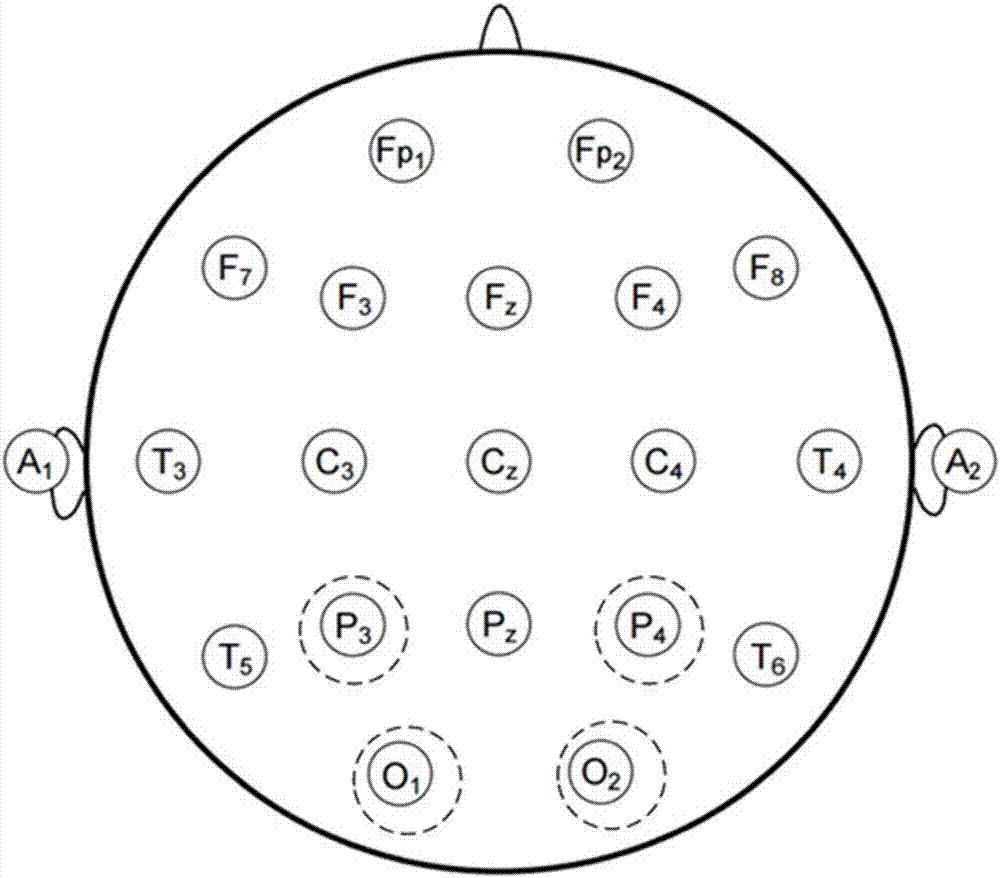Wearable display-based asynchronous type brain-controlled unmanned aerial vehicle system
A technology for wearable displays and drones, applied in control/adjustment systems, instruments, attitude control, etc., can solve problems that affect user participation, users are unwilling to use the system, and reduce the system's usability and system acceptance , to achieve the effect of reducing the operating burden and fatigue
- Summary
- Abstract
- Description
- Claims
- Application Information
AI Technical Summary
Problems solved by technology
Method used
Image
Examples
Embodiment
[0041] The asynchronous brain-controlled unmanned aerial vehicle system based on the wearable display provided in this embodiment adopts a steady-state visually evoked stimulation unit (potential), and uses a wearable display to present a group of visual stimulation subunits flashing at different frequencies, respectively corresponding to no A set of different operation instructions of the man-machine, the user looks at different visual stimulation sub-units, the resulting EEG signals are processed and the stimulation sub-units and their corresponding operation instructions that the user is looking at are identified, and the recognition results are Send it to the drone for execution, and the real-time scene of the drone is sent back to the ground, superimposed with the steady-state visual evoked stimulation unit, displayed on the wearable display, and provides the user with first-person perspective feedback; also by designing an asynchronous The paradigm of controlled flight is...
PUM
 Login to View More
Login to View More Abstract
Description
Claims
Application Information
 Login to View More
Login to View More - R&D
- Intellectual Property
- Life Sciences
- Materials
- Tech Scout
- Unparalleled Data Quality
- Higher Quality Content
- 60% Fewer Hallucinations
Browse by: Latest US Patents, China's latest patents, Technical Efficacy Thesaurus, Application Domain, Technology Topic, Popular Technical Reports.
© 2025 PatSnap. All rights reserved.Legal|Privacy policy|Modern Slavery Act Transparency Statement|Sitemap|About US| Contact US: help@patsnap.com



